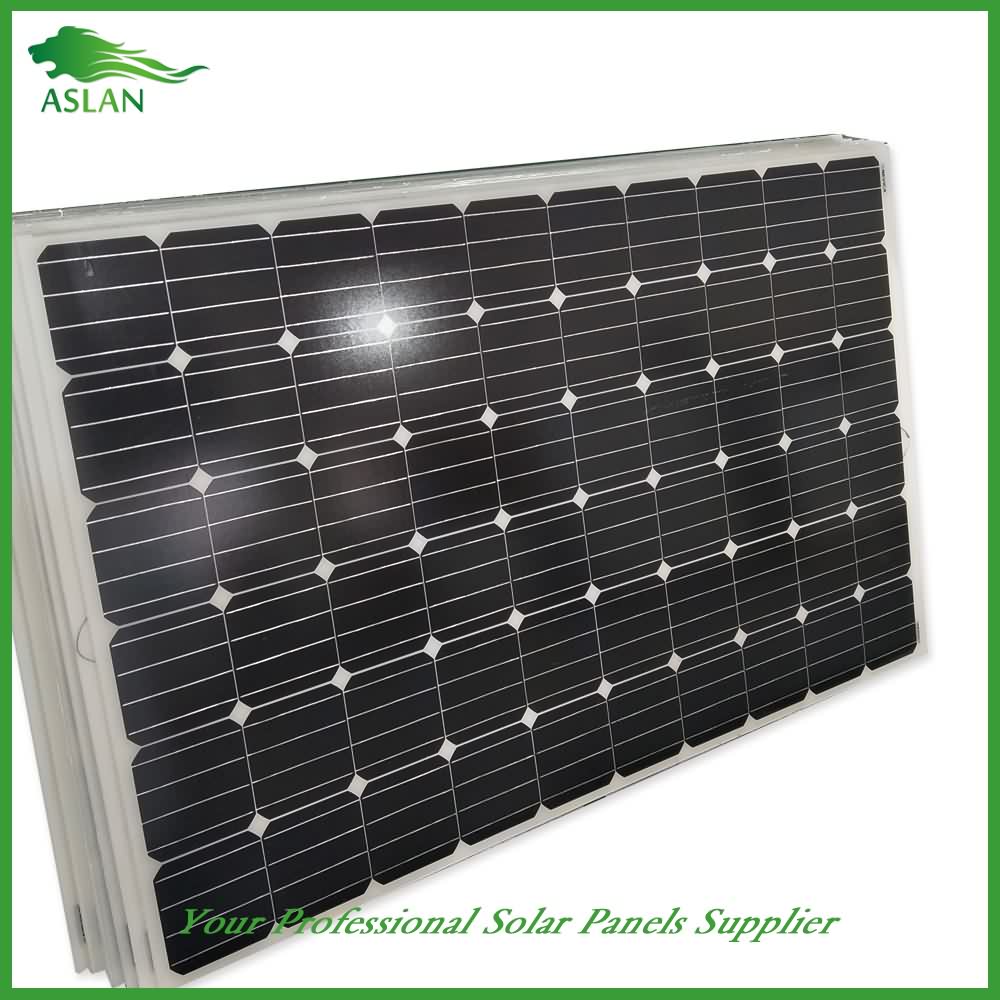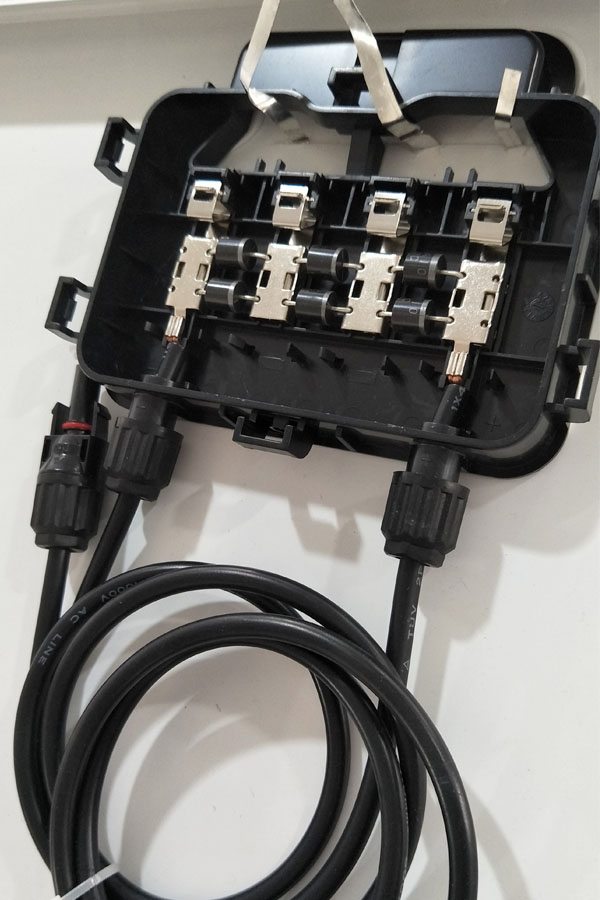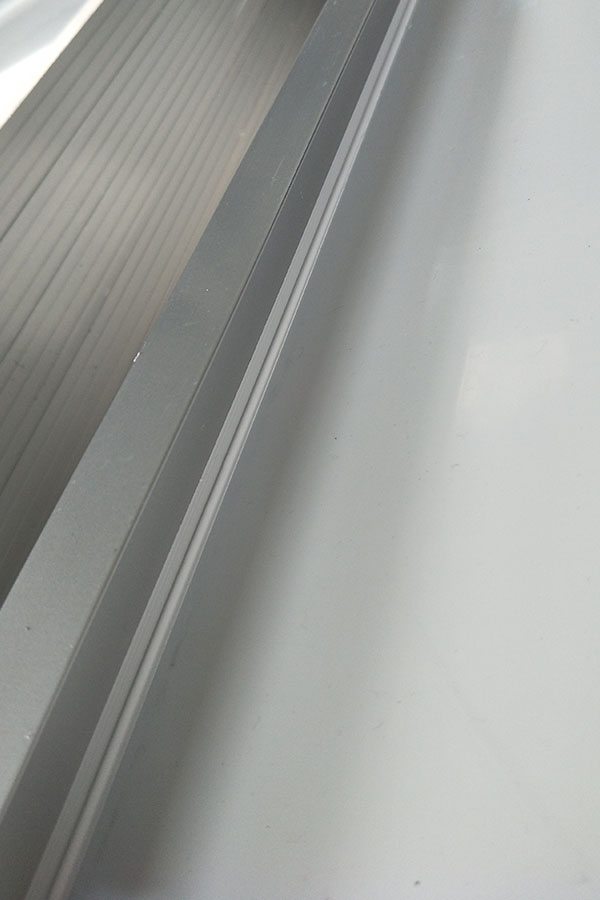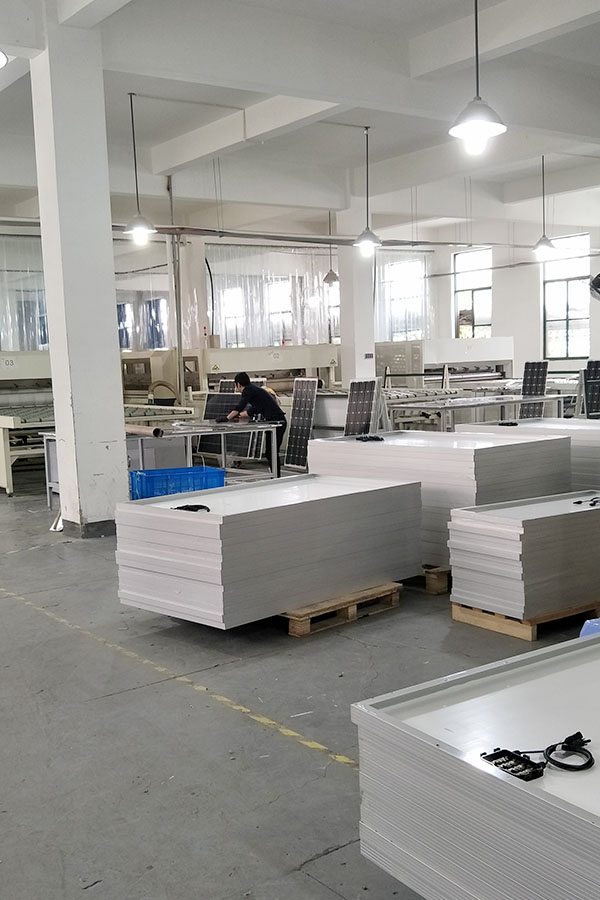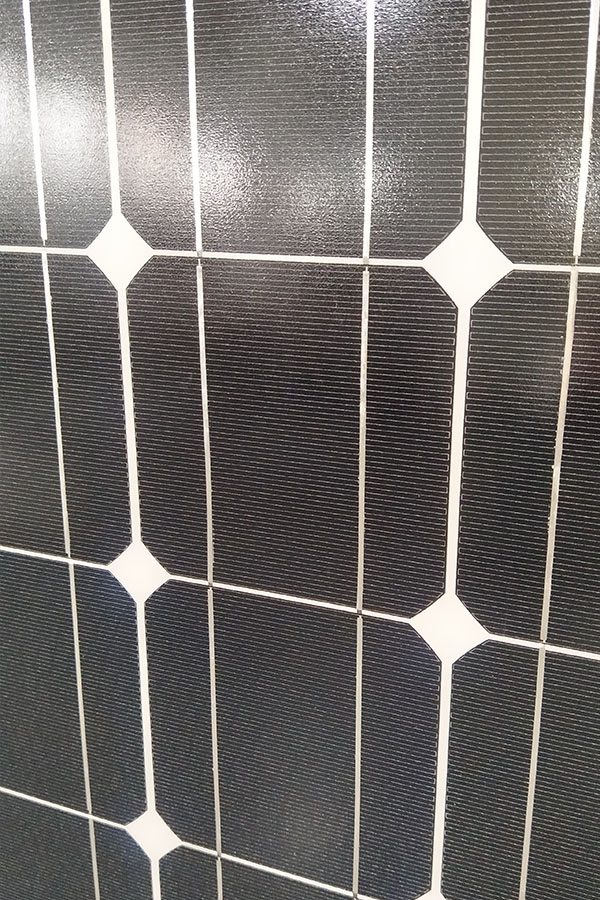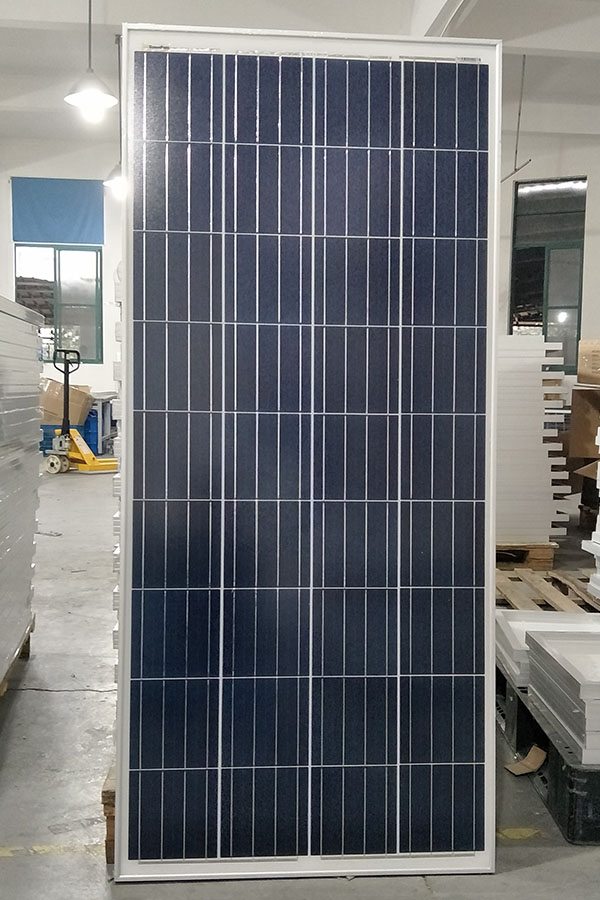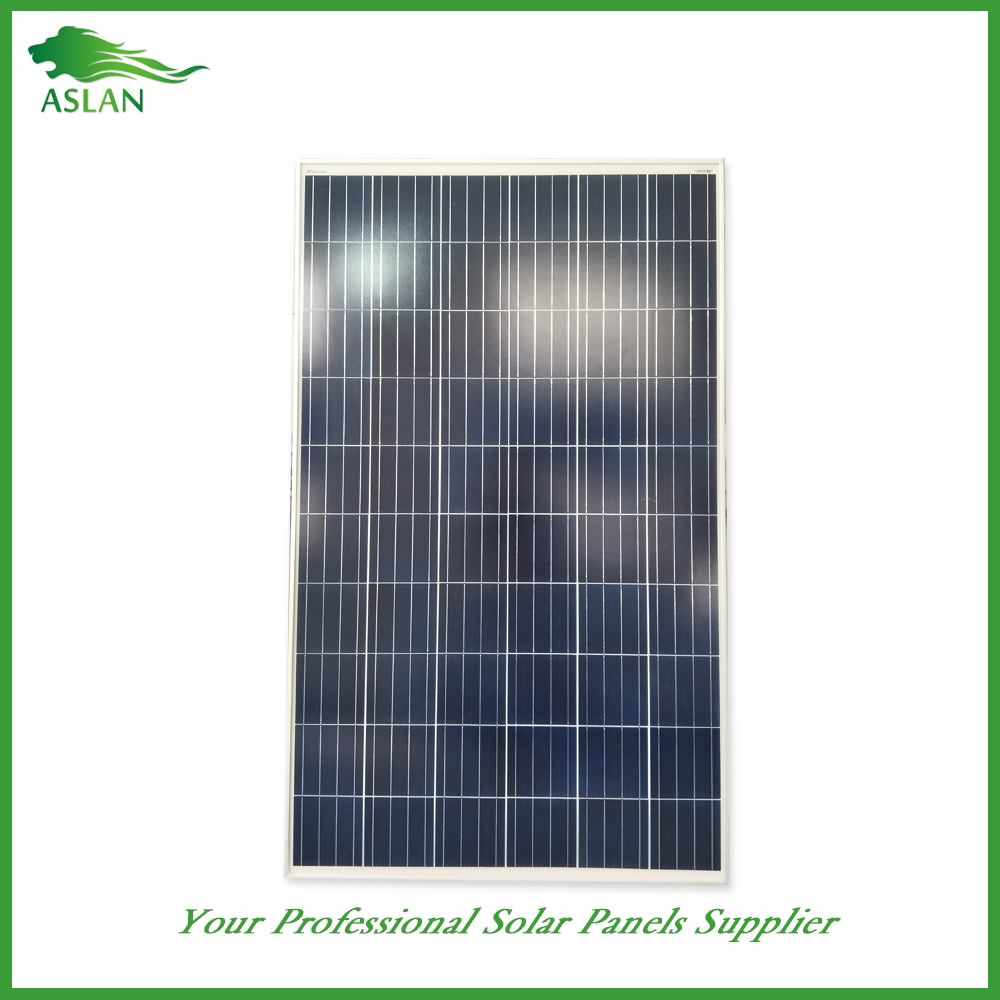New Delivery for Mono-Crystalline 250W Solar Panel to Botswana Factory
Short Description:
The customer satisfaction is our primary target. We uphold a consistent level of professionalism, quality, credibility and service for
New Delivery for Mono-Crystalline 250W Solar Panel to Botswana Factory, We welcome new and old customers to contact us by phone or send us inquiries by mail for future business relationships and achieving mutual success.
Mono-Crystalline 250W Solar Panel
Technical parameter
Maximum Power(W) 250W
Optimum Power Voltage(Vmp) 30.3V
Optimum Operating Current(Imp) 8.29A
Open Circuit Voltage(Voc) 36.76V
Short Circuit Current(Isc) 8.91A
Mechanical Characteristics
Cell Type Monocrystalline 156x156mm (6 inch)
No of Cell 60 (6x10pcs)
Dimensions 1640x990x40mm
Weight 18.0KGS
Front Glass 3.2mm,High Transmission, Low Iron,Tempered Glass
Junction box IP65 Rated
Output Cable TUV 1×4.0mm2/UL12AWG,Length:900mm
Temperature and Coefficients
Operating Temperature(°C): -40°C ~ + 85°C
Maximum System Voltage: 600V(UL)/1000V(IEC) DC
Maximum Rated Current Series: 15A
Temperature Coefficients of Pmax: -0.47%
Temperature Coefficients of Voc: -0.389%
Temperature Coefficients of Isc: 0.057%
Nominal Operationg Cell Temperature (NOCT): 47+/-2°C
Materials of solar panel
1).Solar Cell——Mono-crystalline solar cell 156*156mm
2).Front Glass——-3.2mm, high transmission, low iron, tempered glass
3).EVA——-excellent anti-aging EVA
4).TPT——-TPT hot seal made of flame resistance
5).Frame——anodized aluminum profile
6).Junction Box——-IP65 rated, high quality, with diode protection
Superiority: high quality anodized aluminum frame, high efficiency long life, easy installation, strong wind resistance, strong hail resistance.
Features
1. High cell efficiency with quality silicon materials for long term output stability
2. Strictly quality control ensure the stability and reliability, totally 23 QC procedures
3. High transmittance low iron tempered glass with enhanced stiffness and impact resistance
4. Both Polycrystalline and Mono-crystalline
5. Excellent performance in harsh weather
6. Outstanding electrical performance under high temperature and low irradiance
Quality assurance testing
Thermal cycling test
Thermal shock test
Thermal/Freezing and high humidity cycling test
Electrical isolation test
Hail impact test
Mechanical, wind and twist loading test
Salt mist test
Light and water-exposure test
Moist carbon dioxide/sulphur dioxide
Comparison of best solar predator protection units; This video makes a comparison between the four most popular flashing light, solar powered predator deterrent units on the market today. They all charge by solar panels, they all flash red led blinking lights… so, how is one better than another? Watch and see why I prefer Predator Guard over all other models on the market. This is not a paid advertisement and is just my personal opinion. Though the Yard Sentinel Predator Eye units failed to perform on par with the other manufactured units, I did not mail them back to test the warranty.
This is a comparison with all conditions being equal. Same exposure to light, same amount of time out of their individual packaging and same amount of darkness… Want to learn MORE about chickens? Please follow this link: http://www.amazon.com/Regarding-Chickens-Incubation-Hatching-Brooding/dp/B000K28MI0/ref=sr_1_1?ie=UTF8&qid=1427496718&sr=8-1&keywords=Regarding+Chickens
In this new video interview, Technical Scientific Commitee member Mattia Beltramini (Promotional Services Centre for enterprises, Italy) describes the major types of material used to create photovoltaic cells. More info on this topic available on the FOSTEr in MED project guidelines.
The project guidelines on solar Photovoltaic technologies (PV) and Building-integrated photovoltaics (BIPV) in the Mediterranean sea basin will be published on the FOSTEr in MED project website http://www.fosterinmed.eu
